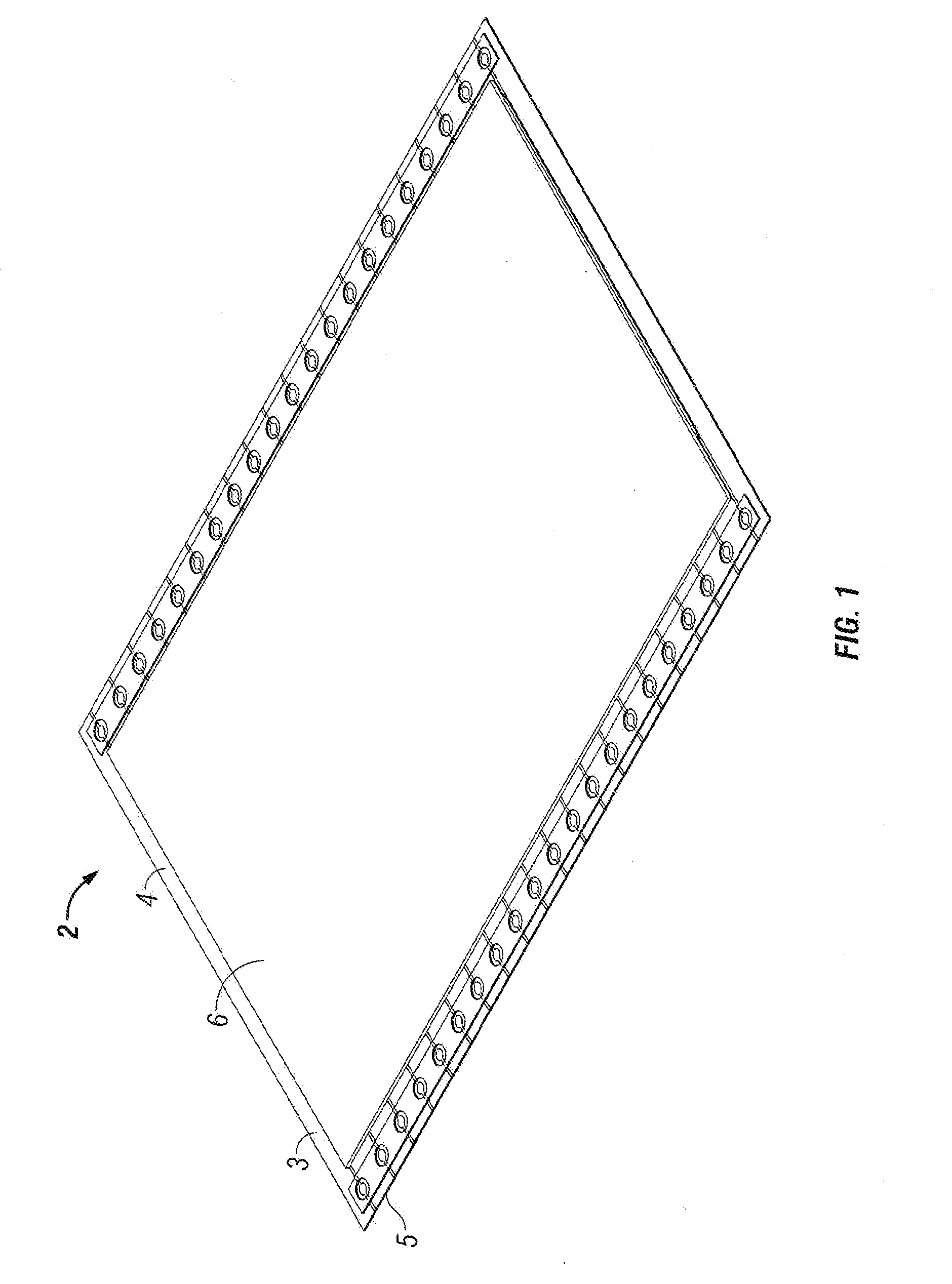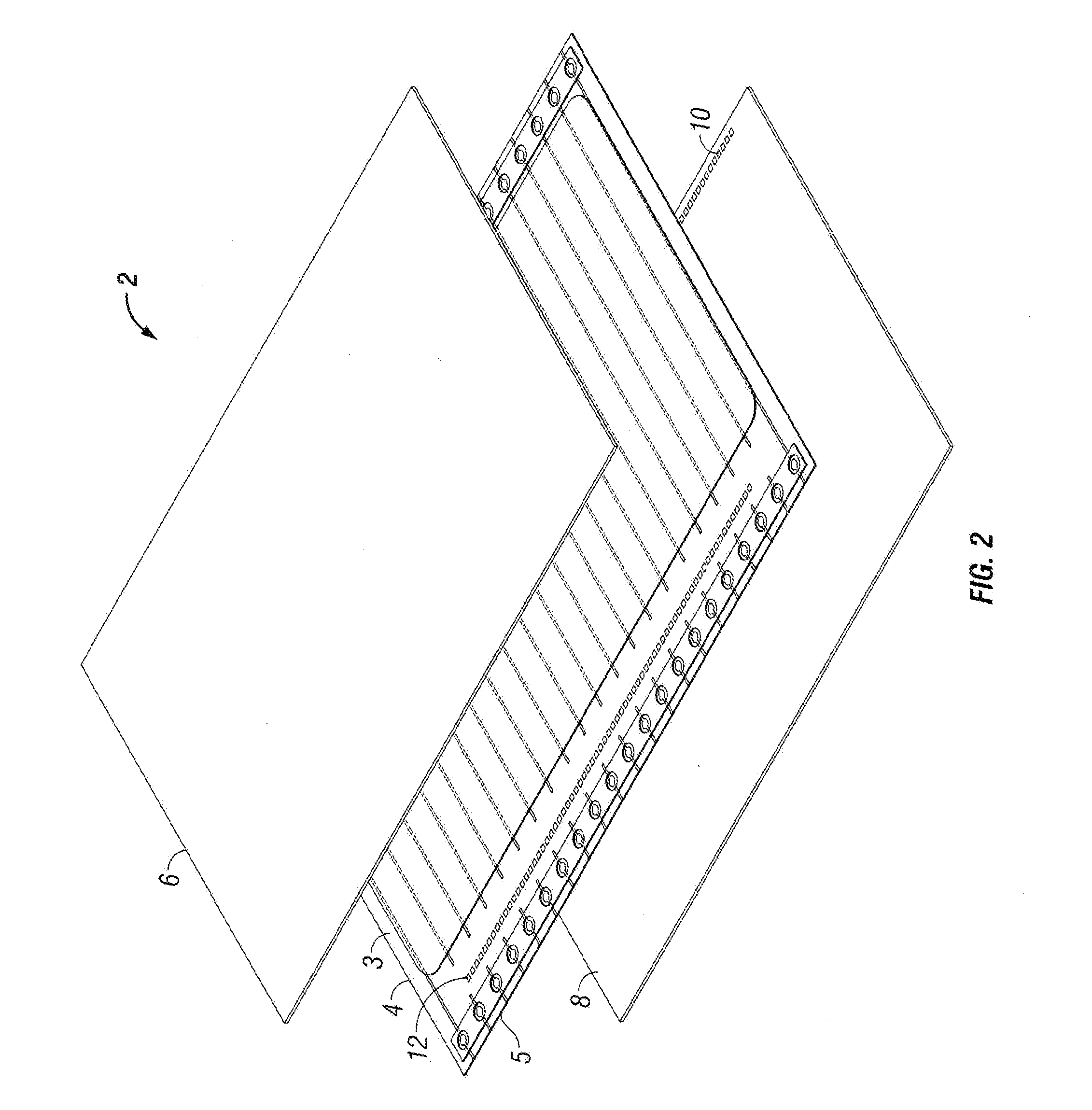High Density IC Module
a high-density, ic module technology, applied in the direction of semiconductor devices, semiconductor/solid-state device details, electrical apparatus, etc., can solve the problems of complex structure with attendant scalability, construction technique complexity, etc., to facilitate bonding of the second die, improve heat transfer to the substrate, and improve signal integrity
- Summary
- Abstract
- Description
- Claims
- Application Information
AI Technical Summary
Benefits of technology
Problems solved by technology
Method used
Image
Examples
Embodiment Construction
[0020]In accordance with various aspects of the present invention, a dual-die IC configuration is provided for use in IC packages. The present invention may be used to form any number of stacked or non-stacked IC packages using any number of bonding techniques. That being said, the present invention is described herein in the exemplary context of thermocompression bonding and / or thermosonic bonding of die to substrates for use in stacked flash and DRAM IC packages.
[0021]The term “substrate” as described herein may include, but is not necessarily limited to, a redistribution substrate useful in forming stacked integrated circuit packages. The substrate may be of any shape or size and in general, may be constructed from a wide variety of materials including, but not necessarily limited to, flex (generally polyimide-based), FR4, BT resin, alumina, silicon, glass epoxy, polyimide, polycarbonate, and the like. One possible substrate for die mounting and interconnect is a 1 metal layer fl...
PUM
 Login to View More
Login to View More Abstract
Description
Claims
Application Information
 Login to View More
Login to View More - R&D
- Intellectual Property
- Life Sciences
- Materials
- Tech Scout
- Unparalleled Data Quality
- Higher Quality Content
- 60% Fewer Hallucinations
Browse by: Latest US Patents, China's latest patents, Technical Efficacy Thesaurus, Application Domain, Technology Topic, Popular Technical Reports.
© 2025 PatSnap. All rights reserved.Legal|Privacy policy|Modern Slavery Act Transparency Statement|Sitemap|About US| Contact US: help@patsnap.com



